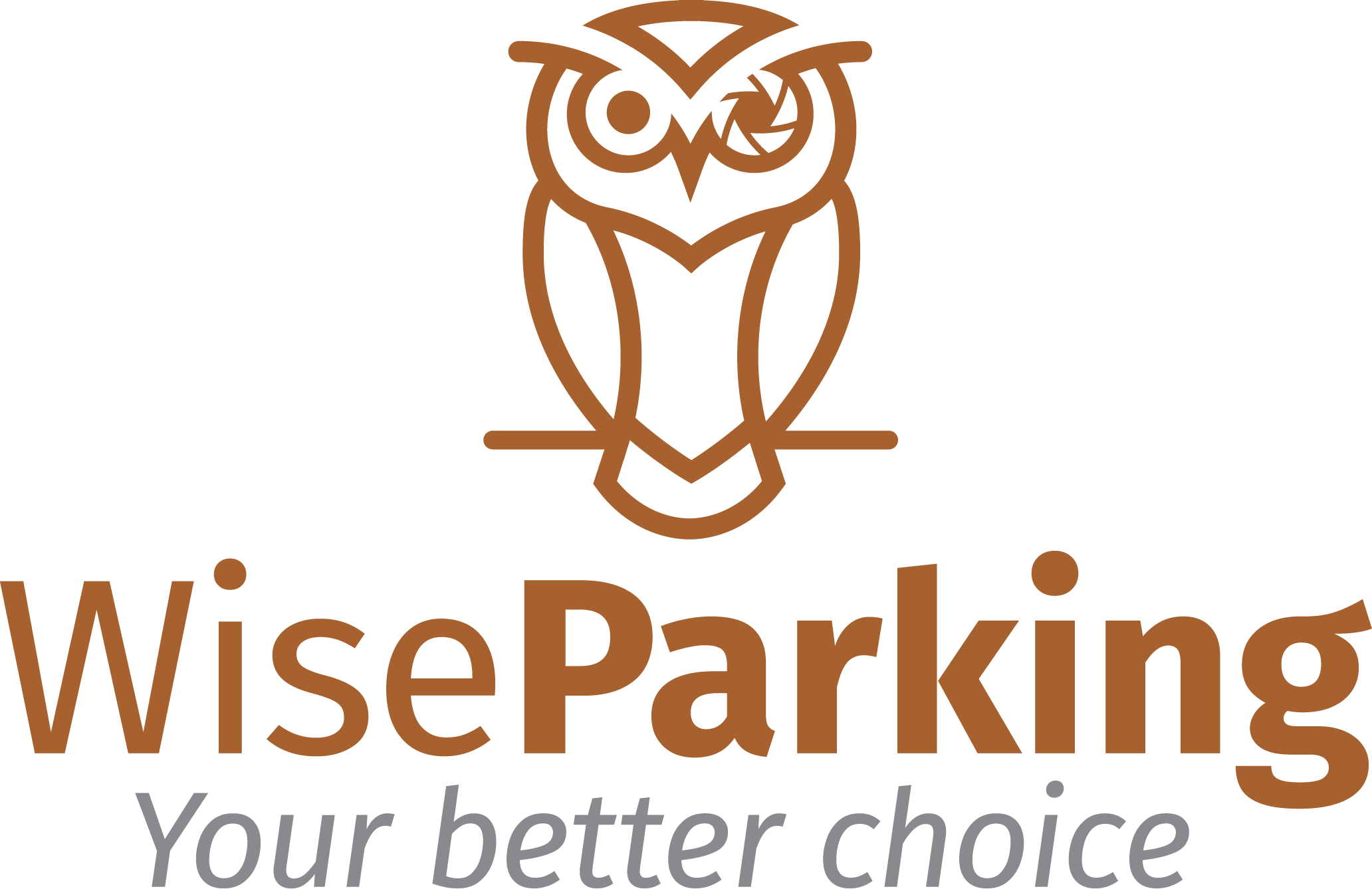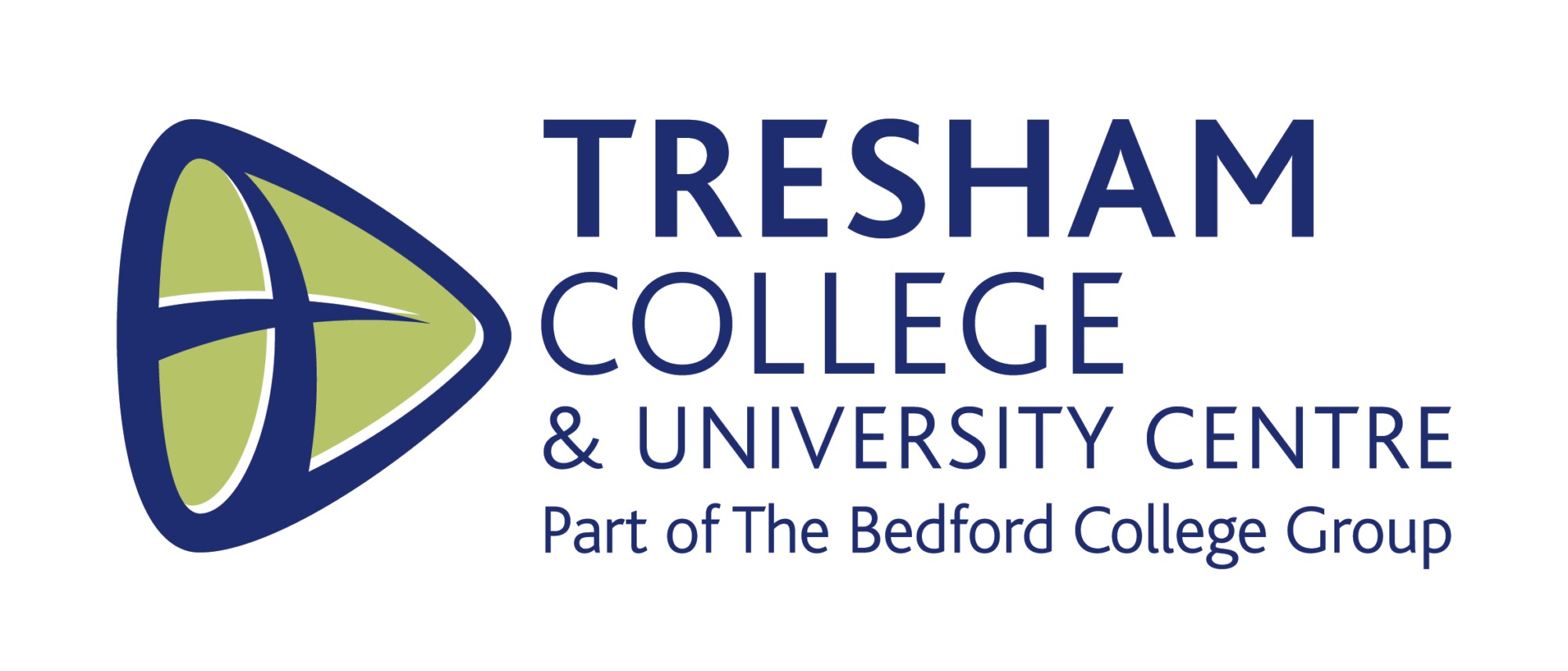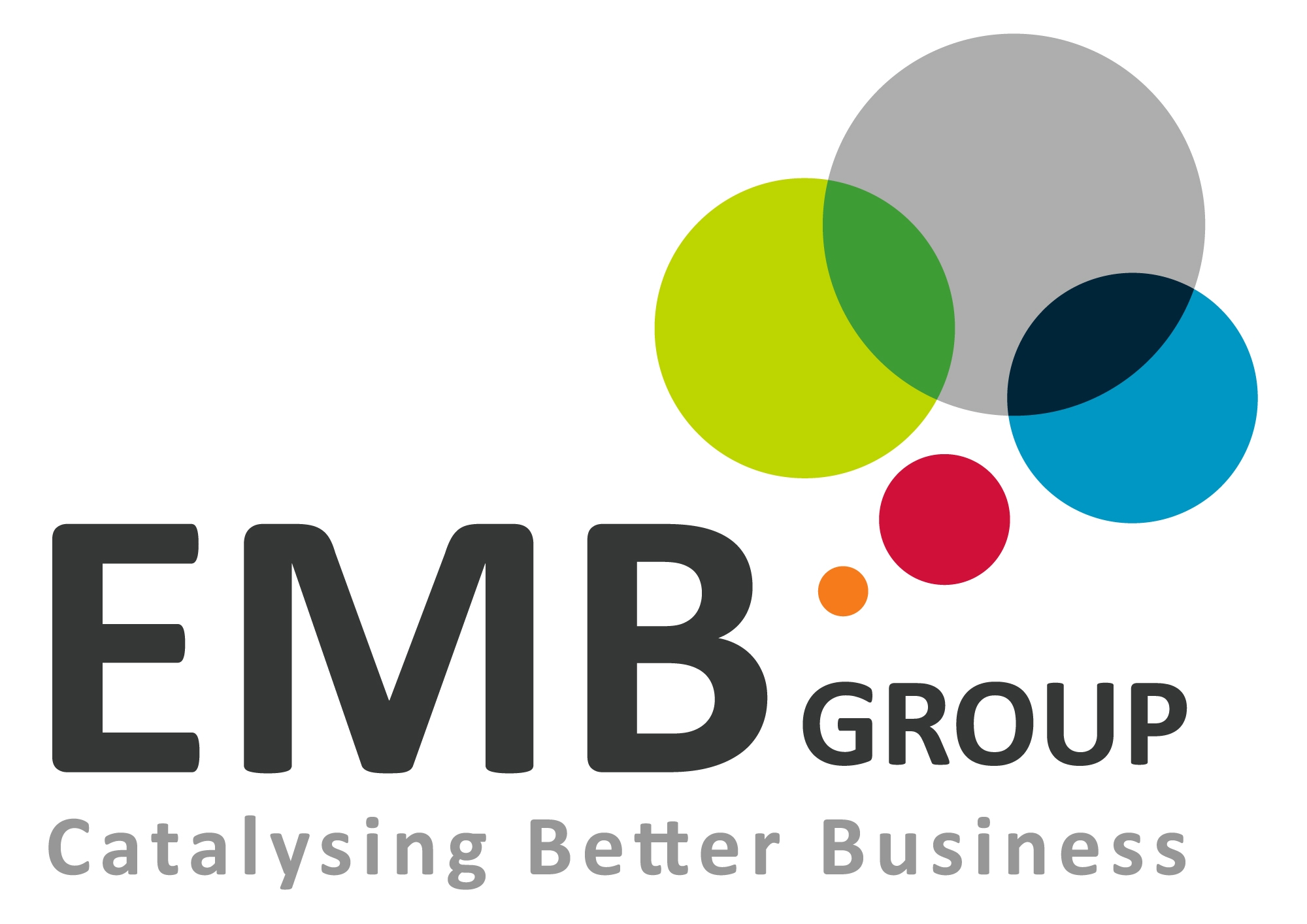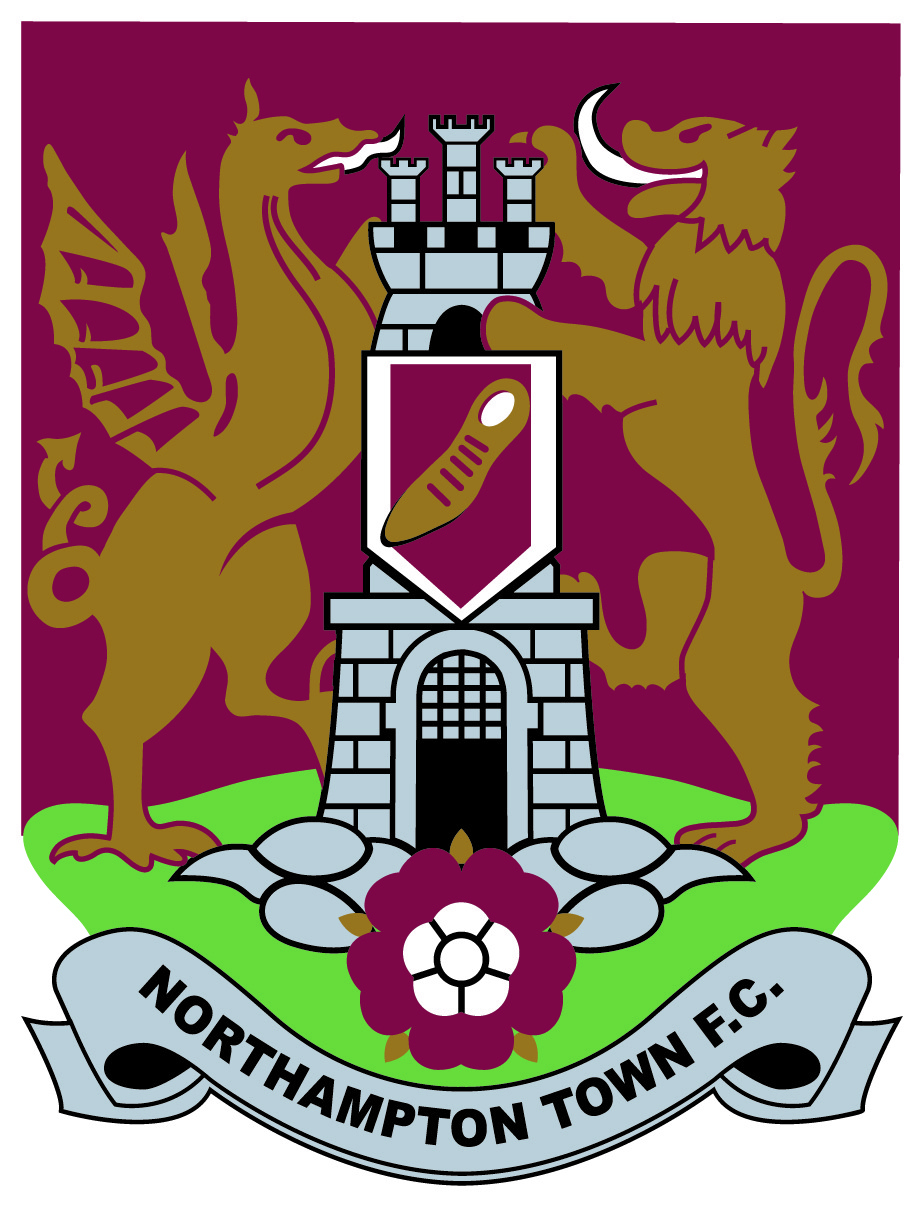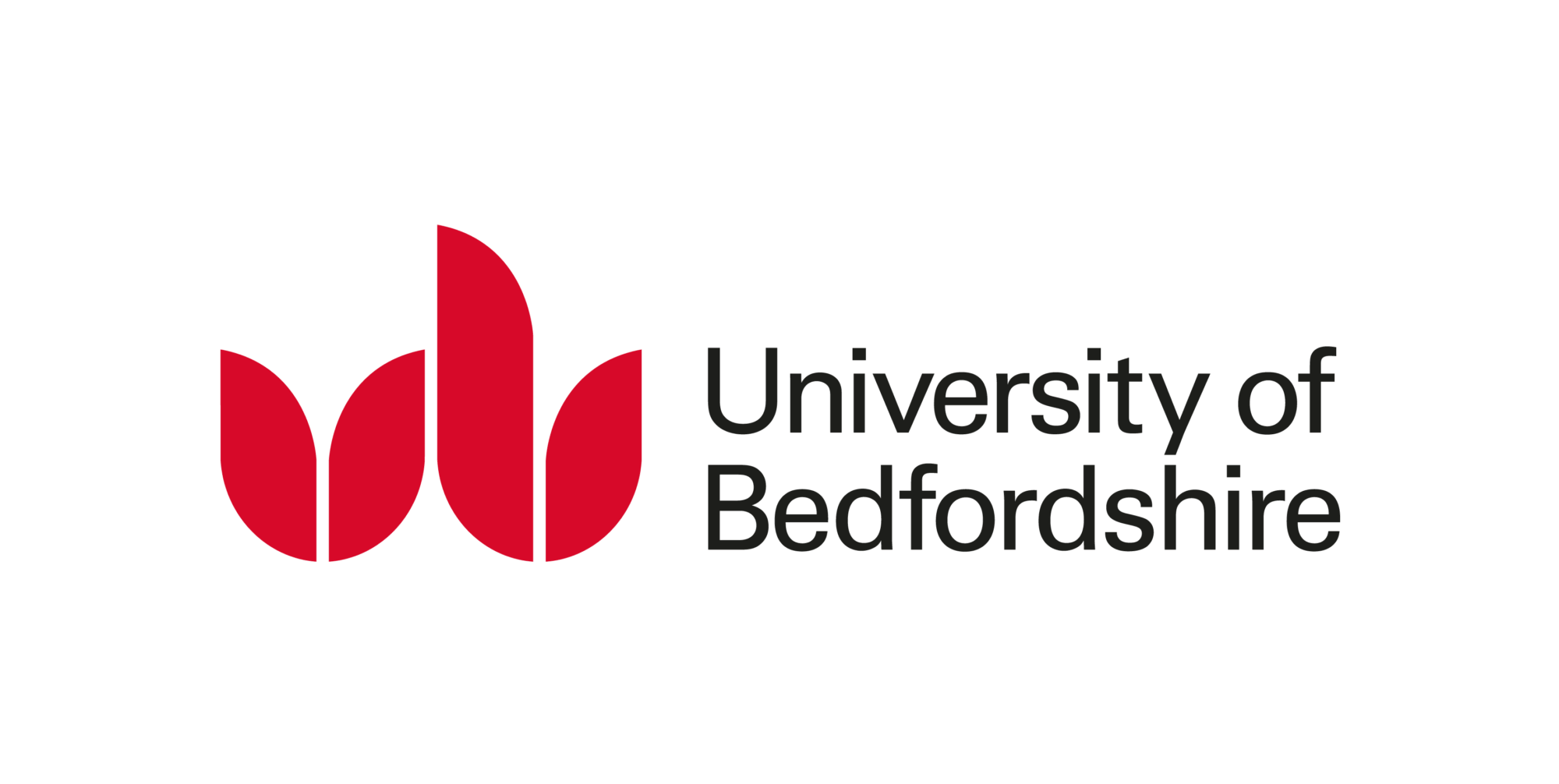

Managing Conflicting Stakeholder Interests and Expectations
On any type of project, effective stakeholder management is essential so that everyone concerned is clear about the goals, knows what to expect and understands what success will look like. That’s surely just good sense. But challenges can arise on larger projects when there are conflicting stakeholder interests, as I’ve experienced recently.
So, what are the practical strategies that can be used to address and resolve conflicts with stakeholders?
Understanding stakeholder conflict
Stakeholder conflicts can occur as a result of competing priorities and also from individual misunderstandings. The first step that anyone managing a business project should take when they find themselves facing stakeholder conflict is to attempt to understand exactly what the root cause of the conflict is. This can be done by conducting a stakeholder analysis to identify different expectations and perceptions that exist between the different stakeholders involved in the project.
This might seem like unnecessary effort but, in my experience, failing to tackle such issues rarely – if ever – ends with a successful outcome for the project. Invest time in a stakeholder analysis early on in the project and you are far more likely to resolve conflicts and have a smoother ride through the project lifecycle.
Strategies for resolving stakeholder conflict
There are a number of different strategies that can be used to resolve stakeholder conflict, each with its own merits and each will have certain type of situation that it is best suited to. Here are some that can be most effective.
Open and transparent communication
Something that should never be under-estimated in a project environment is the importance of effective communication between the different members of the project team – including stakeholders. When it comes to resolving conflicts, communication is one of the best strategies you have in your arsenal. A project manager needs to be able to facilitate transparent and open dialogue at any time.
This means allowing stakeholders to express any concerns they have and enabling them to offer their own perspectives on a situation. Clear, timely communication can help to prevent any misunderstandings from occurring whilst also building up trust.
For example, a project manager should be able to successfully resolve a conflict by organising a meeting of stakeholders to address their concerns about the timelines of a project. When they openly discuss all of the challenges they are facing and consider solutions, a project manager will be able to gain more support and commitment from the stakeholders.
Collaborative problem-solving
It is important to encourage stakeholders to actively take part when it comes to finding solutions. Problem-solving collaboratively is not only an efficient way in which you can address immediate conflicts. It can also help create a sense of commitment and ownership amongst the stakeholders of the project.
As an example, within an organisational restructuring, if there are conflicting opinions amongst the heads of department these might be resolved through something like a collaborative workshop. This gives the opportunity to collectively design a restructuring plan that can accommodate the varying needs of each department. The end result? A smoother implementation.
Conflict mediation and facilitation
In instances where conflicts escalate it is important for project managers to be able to play the role of mediator or facilitator. This might involve guiding stakeholders through structured decisions and negotiations in order to reach resolutions that are mutually beneficial to all parties involved.
For example, if a project manager mediates a conflict between two members of their team this could be done by using a structured conversation. When they address underlying issues and encourage compromise, then team members can develop a better working relationship. This will be more beneficial for the project as a whole.
That’s not to say this is an easy process – often far from it, especially if there are strong characters who are unwilling to compromise. But, if you can convince everyone involved that the only way to reach a successful project outcome is to make some compromises then you are on the road to resolving the conflict. This requires compromises from all sides so everyone ultimately wins. The so-called win-win solution.
Implementing win-win solutions
It is vital that solutions benefit all of the parties involved. A win-win approach will ensure that the interests of all stakeholders are considered equally. This has the potential to lead to sustainable resolutions with positive long-term working relationships being established. After all, the chances are that the same people will be working on future projects together.
For example, consider a conflict between the marketing and sales teams of a company regarding a product launch. The sales team wants to delay the product launch by two weeks to train reps and gather more customer insights. But the marketing team insists on sticking to the launch date to align with industry events and planned ad campaigns.
In this instance, a win-win solution might be to stick with the public launch date but add an internal “soft launch” for the sales team starting two weeks earlier. This allows them to test their messaging, collect feedback, and fine-tune their pitch. The marketing team would also benefit by being able to use insights from the soft launch.
The result being that the sales team have extra preparation time and real customer feedback. While the marketing team keeps the external timeline and enhances their campaign with better data.
In summary
Resolving stakeholder conflicts is always a challenging task and requires good negotiation skills. However, it is an essential aspect of effective project management. When you use open communication, collaborative problem solving, mediation and win-win solutions, it is possible to navigate conflicts. And come through them with a successful project outcome. The end result will be improved team dynamics and overall organisational success.

